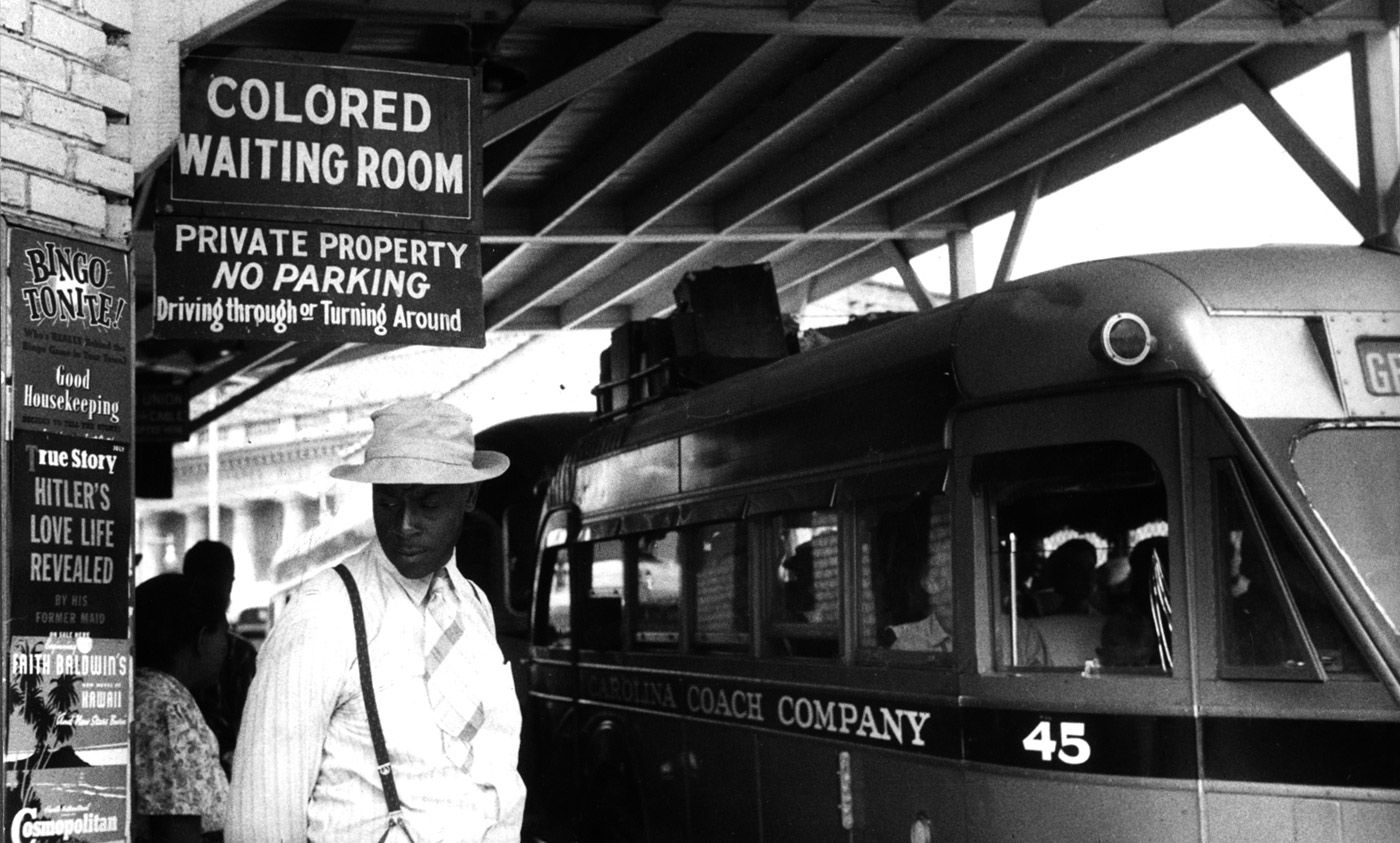Auschwitz to Rwanda: The link between science, colonialism and genocidePosted in Africa, Anthropology, Articles, Europe, Health/Medicine/Genetics, History, Media Archive on 2017-02-01 22:16Z by Steven |
Auschwitz to Rwanda: The link between science, colonialism and genocide
Mail & Guardian Africa
Johannesburg, South Africa
2017-02-01
 Sixty years later, the recurrent connections of science and genocide still demonstrate the dark underbelly of Western modernity in Africa, Europe, and the world. (Reuters/Finbarr O’Reilly) |
Significant links connect racial science in colonial southern Africa with the holocaust of the European Jews.
When the Soviet army liberated the Auschwitz death camp on January 27 1945, among the prisoners left behind were a number of young twins. The surviving children and many more who had died were the subject of disturbing human experiments by Josef Mengele, a physician known as the “Angel of Death”.
About 3 000 twins were selected from an estimated 1.3-million people who arrived at Auschwitz for Mengele’s deadly “scientific” experiments. Only about 200 of them survived.
Mengele is significant for understanding the complicity of science with the mass atrocities of the 20th century. The elegant young doctor defied the stereotypical image of the Nazi brute. He was no crazy drunken beast with a whip. This was an ambitious researcher of human genetics, holding doctorates in anthropology and medicine.
Mengele worked in Auschwitz from May 1943. The death camp presented him with a “perfect” laboratory. It provided an unlimited supply of human specimens to study genetics, and he wouldn’t get into trouble if they died following lethal injections and other gruesome experiments.
…Nazis and colonial ‘racial science’
The institute’s first director in 1927 was the well-known physical anthropologist Eugen Fischer. Fischer was a prolific researcher who had earned his scientific merits in genetics and racial science in the then German colony of German South West Africa (today’s Namibia).
His 1908 field study, published in 1913, focused on the effects of racial mixing (“miscegenation”), applying the genetic theory of Gregor Mendel. Fischer examined 310 children of the “Basters” of Rehoboth, a community of “mixed-race” people living to the South of Windhoek in Namibia.
The Rehobother offspring of Nama women and white men were observed and subjected to physical measurements. Based on these “scientific” methods, Fischer classified the mixed-race population.
His verdict that African blood imparted impurity resulted in the prohibition of mixed-race marriages in all German colonies by 1912. In Namibia interracial marriage was already prohibited in 1905.
German colonialism ended after World War I. This, however, was not the end of racial science. Incubated in the colonial laboratories of southern Africa, it was brought back and applied in “civilised” central Europe. Fischer first followed up his “bastard studies” in the 1920s and early 1930s with the “Rhineland bastards”, children born to German mothers and fathers from the French African colonies. Few black Germans perished during the Nazi era. But, many were forcibly sterilised.
The story of the KWI-A demonstrates how several significant dimensions connect 20th century racial science, colonialism and genocide…
Read the entire article here.




